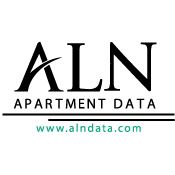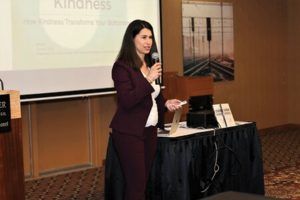Jordan Brooks is a senior market analyst at ALN Apartment Data who recently spoke at the CTAA Tradeshow held Sept. 9-10, 2022. ALN was founded in 1991 as an apartment locator data provider. It serves locators, brokers, lenders, appraisers, asset and fee managers, apartment associations, supplier partners and the government, and its geographic reach has been global since 2015.
The following article summarizes some of the data Jordan presented at the conference, focusing on Connecticut. He talked about the multi-family housing industry and other related information.
There are several multi-family performance drivers. For example, important drivers include the size of a state’s resident population, the way that size changes over time and the national employment picture in terms of the size of the labor force. The unemployment rate, generally and by sector, is also important. These all help determine the affordability of multi-family housing.
Other factors are also important drivers. Stimulus payments made in 2020 and 2021 still caused state-level movement in 2022. Some programs expired in 2021, such as Child Tax Credit changes and federal unemployment benefits that were expanded and increased in response to the COVID-19 pandemic. The federal government extended the student loan moratorium to Jan. 1, 2023. Although most eviction moratoriums expired, that wasn’t true in all localities. Finally, people saved more and spent less during the worst part of the pandemic, but that has now reversed.
Several things became clear as I reviewed and analyzed the data through the end of August 2022. Although Connecticut’s population growth was much stronger than normal in 2020, we didn’t lose those gains in 2021. However, the labor force and the associated participation rate have not recovered as well in the state as nationally. The Leisure and Hospitality sectors are exceptions. They both bounced back well in the last 12 months.
Finally, almost 60% of Hartford MSA renter households earn less than $50,000 annually, and the policy actions throughout the last two years and more continue to affect the industry.
How has the multi-family housing industry performed recently? I considered the new housing supply and net absorption before answering that question. First, I focused on the period between 2019 and 2021 on three levels: the U.S., Connecticut and Hartford. Next, I looked at new supply and net absorption on the same three levels between January and August 2022. I also analyzed average market rent, effective rent and occupancy between August 2019 and August 2022.
The annual average effective rent change ranged between roughly 5% in Litchfield and 13% in New Haven.
I analyzed Connecticut’s price class in terms of net absorption, average occupancy and average effective rent. Next, I considered the submarket view (the net absorbed units, new units, average occupancy and average effective rent over one year). I also looked at new construction for the Connecticut and submarket pipelines. Finally, I analyzed the construction and lease-up duration between 2018 and 2022 for the U.S. and Connecticut.
I learned that apartment demand in Connecticut was more robust than at the national level because residents moved to lower-density areas. In 2022 so far, absorption momentum has been focused on the Bridgeport-Stamford-Norwalk MSA rather than the Hartford-West Hartford-East Hartford MSA. Connecticut and the U.S. experienced an average occupancy decline from the most recent peak. However, the average occupancy is still higher than during the pre-pandemic months. The average effective rent for class B properties is closer to Class A than Class C, but the absorption and average occupancy data show that Class B is softening. Finally, upcoming new development has shifted from New Haven and Hartford to Bridgeport.
For learn more from Jordan about multi-family housing or the information he presented at the conference, please reach out to him at 813.945.0060 or Jordan@alndata.com.









